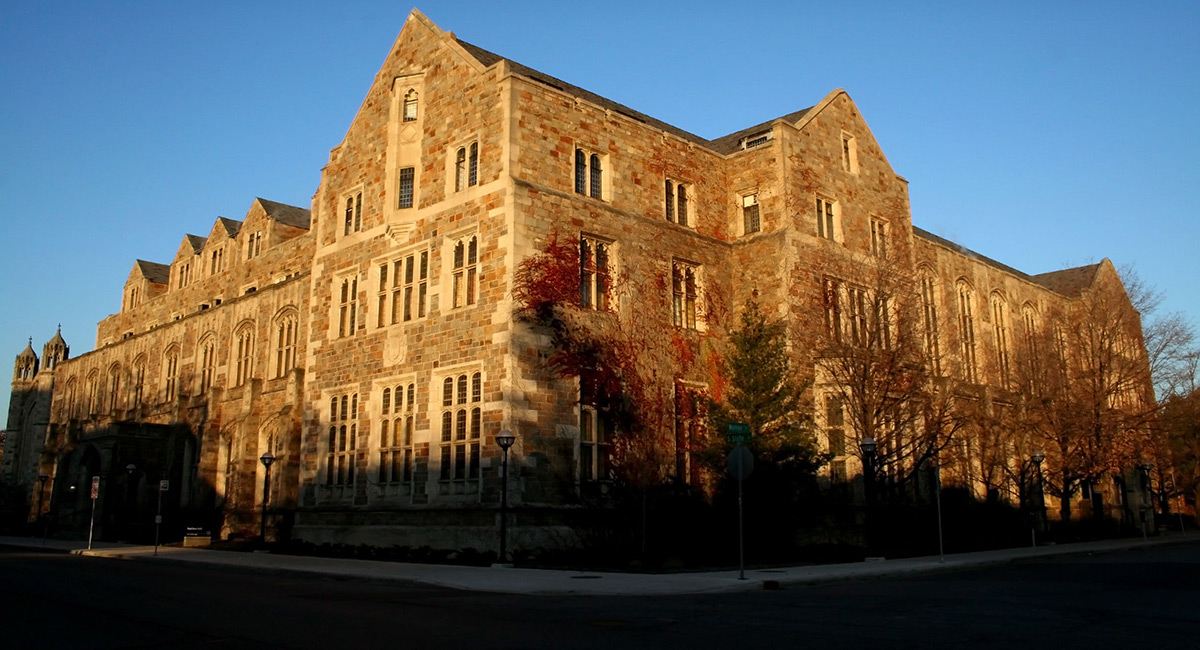One thing the pandemic has demonstrated is that many businesses can function reasonably well without their employees leaving home. Big corporate skyscrapers or even massive college campuses maybe are not needed. While much of the collegiate experience involves social interaction that usually requires some degree of physical closeness between members of the university community, many colleges have had vast amounts of essentially deserted classroom, administrative office and housing space for almost a year without perishing.
Yet a combination of falling enrollments and special Covid-19-related expenses have put most campuses into weakened financial condition. What to do? According to news reports, the University of Akron has decided it might sell up to one million square feet of the eight million it owns, the equivalent of one pretty big skyscraper.
Like at most state universities, in the late 20th century enrollments grew at Akron, and in the early years of this century the school typically had more than 25,000 students on campus. An expansionist president, Luis Proenza, went on a building spree, spending hundreds of millions of largely borrowed dollars on new classroom facilities, labs, and, most controversially, an expensive, nice (President Proenza gave me a tour of it) football stadium.
In retrospect, this manifestation of the Edifice Complex appears to have been a huge mistake. Enrollments have undergone a sharp decline. According to Ohio Department of Higher Education data, in 2012, the main Akron campus had 22,878 full time equivalent students; last fall, it had 14,553, a decline of more than 36 percent. The football stadium is a huge white elephant supporting a so-so team in a mid-American conference existing in the shadows of the Big Ten, sports competitions producing $20 million or more in annual losses for each of its dozen members.
So downsizing makes some sense, particularly if it provides much needed cash. But who wants to buy academic facilities? In an urban area like Akron, perhaps some company would buy or rent space for offices, labs, etc. But who would buy a stadium? Perhaps residence halls could be sold and somewhat remodeled for the commercial market, but even that is more theoretical than real. And in small towns where the school is the core of community life, sales of collegiate real estate are likely a pipe dream. College balance sheets listing real estate at historic costs in computing assets probably grossly overstate the true “net worth” of the institution.
Two things strike me about all of this. First, the for-profit universities that flourished before the Obama Administration declared war on them rarely owned many buildings. They rented space. Talking to the CEO of one of them once, he told me, roughly, “we are good at teaching students, but know little about real estate.” With enrollments subject to unexpected fluctuations, renting property with relatively short (say five year) leases often makes more sense. The not-for-profit colleges did not follow that advice, and their acute early 21st century manifestation of the Edifice Complex is now proving costly for some of them. And if historically low interest rates start rising sharply, they will have soaring borrowing costs. For that reason, many colleges appropriately are refinancing buildings, hoping to lock in on low interest rates.
A second thing is that the implicit assumption that more dazzling buildings would stimulate enrollments turns out to be a highly dubious one. An old mainstay of classical economics, Say’s Law: “Supply (buildings) creates its own demand (students)” may not be applicable.
Hopefully, the dreadful and wasteful utilization of space will be reevaluated. Even in boom times, the typical classroom building is heavily utilized perhaps 150 days a year (five days a week for 30 weeks), with buildings largely empty at unpopular normal business hours (e.g, before 9 a.m, after 4 p.m. and on Fridays and weekends.) Faculty offices receive similar use. While a typical commercial structure receives heavy utilization for at least 2,000 hours annually, many campus buildings do well to get 1,000 hours of heavy use. The question obviously arises: why build them? Should campuses downsize their space in order to get more efficient utilization and/or operate year round? At most schools, big enrollment expansion in the next decade is unlikely, so downsizing might be appropriate.













